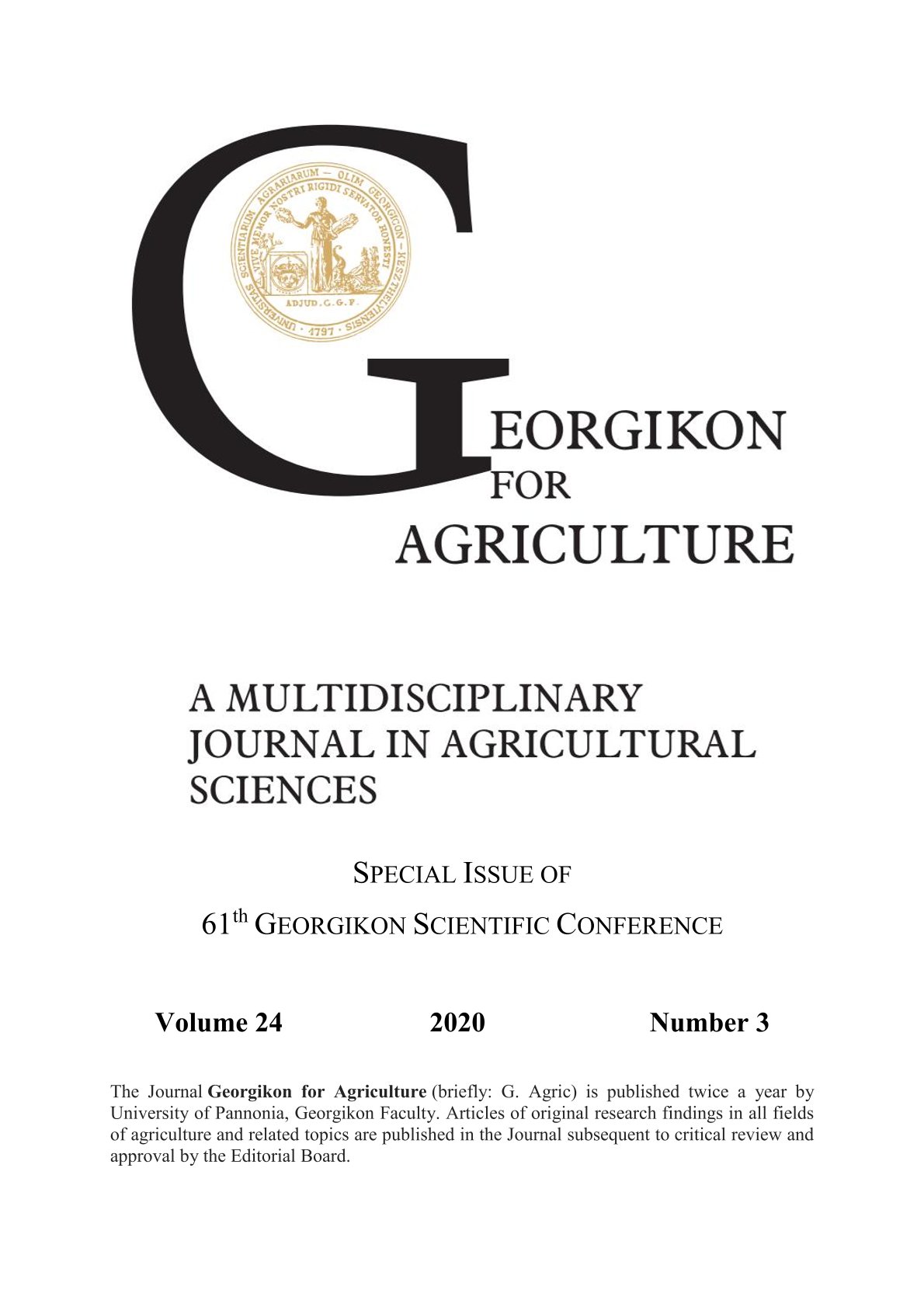Track and trace methods applied by logistics service providers in Zala County
Keywords:
ICT, logistics service providers, Track and Trace, Zala CountyAbstract
Material flow is a key element of logistics processes. During the flow of materials, the position of raw materials, parts, semi-finished products and products are changed. It travels different lengths of time during the movement of goods over a variable period of time. During production, it is very important to have the right elements at the right place at the right time and to be immediately informed of any changes at that location. Similarly, it is a basic requirement today that during long distance transportation, especially when the goods stop in one place, because of waiting for the right vehicle, the user will be informed about the status of his goods. The previous technical possibilities provided only limited possibilities for tracking the goods, but in today's conditions it is possible to tell exactly where the goods are. In Zala County, companies and related logistics providers have developed methods for tracking goods according to local needs. In this article we introduce logistics services and investigate the tracking methods used by service companies and by contacting service companies in Zala County and using the available databases.
References
Cruijssen, F., Cools, M., Dullaert W. 2007. Horizontal cooperation in logistics:Opportunities and impediments. Transportation Research Part E. 43. 129–142. https://doi.org/10.1016/j.tre.2005.09.007
Von der Gracht, H. A., Darkow, I. L. 2010. Scenarios for the logistics services industry: Delphi-based analysis for 2025. Int. J. Production Economics. 127. 46–59. https://doi.org/10.1016/j.ijpe.2010.04.013
Grawe, S. J., Daugherty, P. J., McElroy, J. C. 2012. 5. External organizational commitment among organizational implants: The case of logistics service providers. Transportation Research Part E. 48. 165–177. https://doi.org/10.1016/j.tre.2011.08.002
Georgjević, M. 2011. Tehnićka logistika. Zaduźbina Andrejevi, Belgrade.
Halászné S. E. 1998. Logisztika, Szolgáltatások, Versenyképesség. Magyar Világ Kiadó, LFK, Budapest.
Ishfaq, R. 2012. LTL logistics networks with differentiated services. Computers & Operations Research. 39. 2867–2879. https://doi.org/10.1016/j.cor.2012.02.015
Kerepeszki, I., Gubán, M., Gubán, Á. 2010. Crisis management through logistics. pp. 57–68., 12 p. In: Majoros, P. Proceedings of Budapest Business School, Budapest, Hungary
Kovács, Gy., Cselényi, J., Somogyvári, Z. 2007. Method and conception for formation of microregional virtual logistics networks (in Hungarian). OGÉT 2007 International Engineering Conference, Cluj-Napoca, Romania, 26-29. April 2007, 216–221.
Kovács, Z. 2001. Termelésmenedzsment. Veszprémi Egyetemi Kiadó, Veszprém.
Kovács, Z. 2004. Logisztika. Pannon Egyetemi Kiadó, Veszprém.
Leitner, R., Meizer, F., Prochazka, M., Sihn, W. 2011. 1.Structural concepts for horizontal cooperation to increase efficiency in logistics. CIRP Journal of Manufacturing Science and Technology. 4. 332–337. https://doi.org/10.1016/j.cirpj.2011.01.009
Mentzer, J. T., Myers, M. B., Cheung, M.-S. 2004. Global market segmentation for logistics services. Industrial Marketing Management. 33. 15–20. https://doi.org/10.1016/j.indmarman.2003.08.005
Pataki, B. 2014. Technomenedzsment. L'Harmattan Kiadó, Budapest.
Subramanian, N., Abdulrahman, M. D., Zhou, X. 2014. Integration of logistics and cloud computing service providers: Cost and green benefits in the Chinese context. Transportation Research Part E. 70. 86–98. https://doi.org/10.1016/j.tre.2014.06.015
Szabó, L., Gubán M., Zelić, A., Ilanković, N., Takács, D. 2019. A logisztikai szolgáltatók által alkalmazott azonosítások Zala megyében. Kutatói innovációk szerk. Solt Katalin. Budapesti Gazdasági Egyetem 23–45.
Tátrai, A. 2010. Az élelmiszergazdasági disztribúció egyes logisztikai összefüggéseinek vizsgálata, Doktori Értekezés, SZIE, Gödöllő
Downloads
Published
Issue
Section
License
Copyright (c) 2020 Gubán Miklós, Szabó László, Takács Dávid, Szabó Károly

This work is licensed under a Creative Commons Attribution-NonCommercial-NoDerivatives 4.0 International License.
Cikkre a Creative Commons 4.0 standard licenc alábbi típusa vonatkozik: CC-BY-NC-ND-4.0. Ennek értelmében a mű szabadon másolható, terjeszthető, bemutatható és előadható, azonban nem használható fel kereskedelmi célokra (NC), továbbá nem módosítható és nem készíthető belőle átdolgozás, származékos mű (ND). A licenc alapján a szerző vagy a jogosult által meghatározott módon fel kell tüntetni a szerző nevét és a szerzői mű címét (BY).




